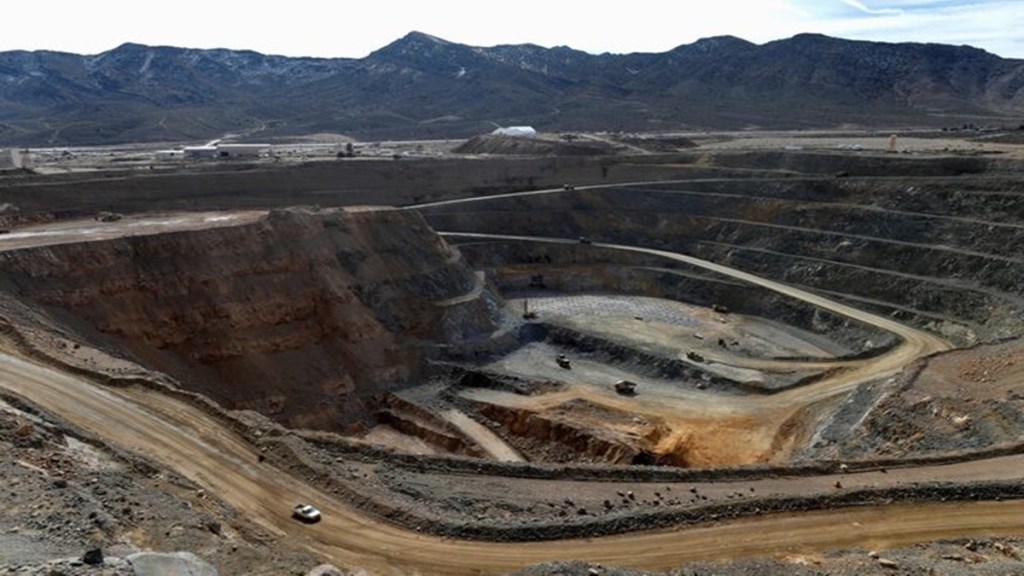China’s reported decision to consider resumption of exports of rare earth magnets and fertilisers marks a big step in fixing a relationship that went sour after the Galwan crisis of 2019. The thaw started in earnest last October when President Xi Jinping of China met with Prime Minister Narendra Modi at a summit of emerging economies in Kazan, Russia. Since then, the two countries have increased official visits and discussed easing trade barriers and the movement of people. They have eased travel visa restrictions and are working to restore direct flights. In June, Beijing allowed pilgrims from India to visit holy sites in Tibet. China and India are also in discussions to reopen three trading posts along their mountainous boundary. This month, Modi will visit China for the first time in seven years to attend a regional security summit meeting in Tianjin.
Trade strains and mutual dependencies
These are encouraging signs, specially at a time when India is suffering collateral damage in its trade negotiations with the US. The stand-off between New Delhi and Beijing has strained the relationship for nearly five years now—India has restricted Chinese investments, without explicitly saying so, and also limited the entry of Chinese professionals. It also imposed strictures on tourist visas for Chinese nationals. On its part, China restricted exports of urea shipments to India, a big blow given that India is the world’s top importer of the crop nutrient. The bigger damage was a virtual ban on exports of rare earths. China controls about 50% of officially recognised reserves of rare earths, 70% of the extraction capability, and 90% of the processing capacity. While Indian manufacturers of electric vehicles (EVs) and solar panels have some inventory, the shortage of rare earth magnets is beginning to hit production as India sourced over 80% of its roughly 540-tonne magnet imports from China last fiscal—an indication of how dependent it is on its northern neighbour.
China has also been miffed because manufacturers like Apple Inc have been shifting production to India. No wonder, the country has been determined to stall technology transfers and exports of equipment to India and other Southeast Asian nations in a bid to protect its manufacturing base. In early July, Apple’s largest iPhone assembler Foxconn recalled hundreds of Chinese engineers and technicians from its iPhone factories in India, disrupting business. One hopes things will be back on track as the fact is that India has been hit harder by the tensions between the two countries. China, with its manufacturing prowess, is on a much stronger ground. While diplomacy is complex, a lasting reconciliation is important. In that context, it’s encouraging that the two countries have scheduled border talks in 2026.
Resetting ties with an eye on the future
India must make more proactive moves and give Chinese firms greater access while ensuring national security. Ahead of Prime Minister Modi’s visit to Beijing, New Delhi is understood to be weighing easier rules for Chinese investments in select sectors. Also, several Indian business groups are learnt to be scouting for partnerships with Chinese companies for technology transfers. Bloomberg reports, citing sources, that the Adani Group, Reliance Industries, and JSW Group have been pursuing deals in sectors like EVs and lithium-ion cells. The point is that China provides India a critical counterbalance to what is now known as the “Trumpian disorder” as a source of capital and technology.

